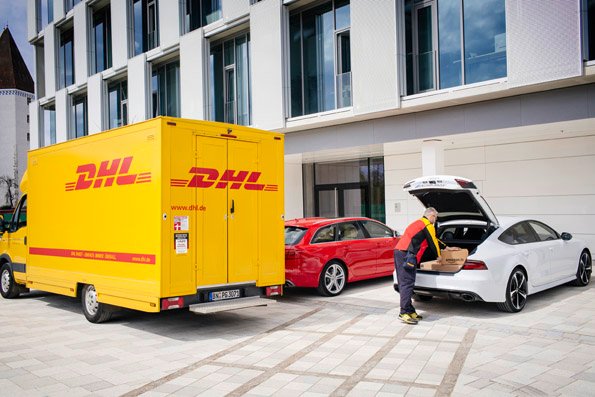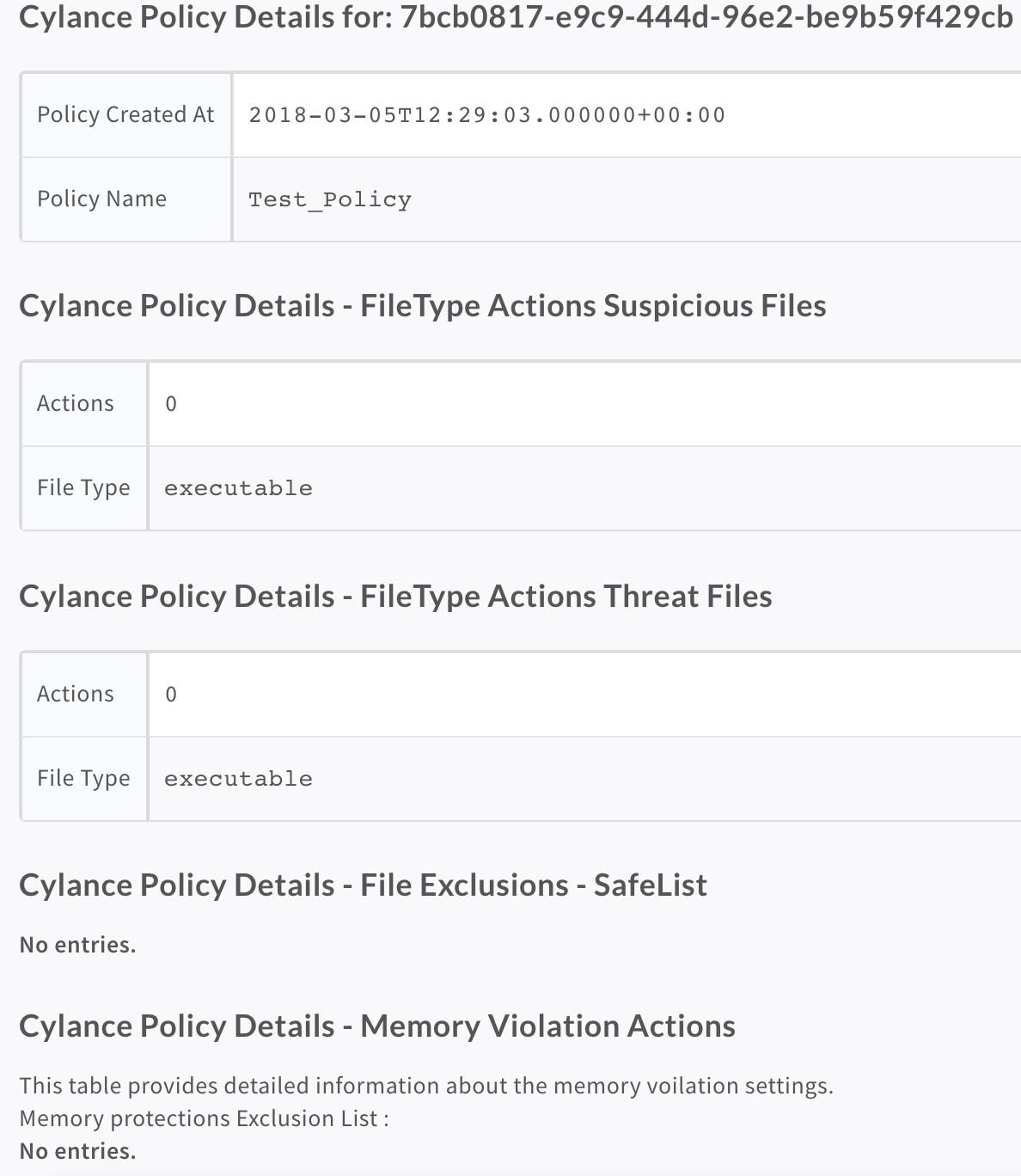Back in September, just days before the release of macOS 10.14 Mojave, we recommended users to not update due to a serious compatibility issue with our CylancePROTECT anti-virus software that would cause the computer to deadlock upon reboot. We are happy to announce that with CylancePROTECT version 2.0.1494.546 and higher, the issue has been resolved.
- Cylance Driver Failed To Connect Catalina
- Cylance Driver Failed To Connect
- Cylance Driver Failed To Connect Mac
- Cylance Driver Failed To Connect Mac
Jul 06, 2018 Hi Guys, Does anyone know how to uninstall Cylance without the password? We experienced and thanks to good backups, quickly recovered from a ransomware attack a while ago and after reviewing our endpoint protection solution, we decided on TrendMicro Office scan and deep security especially since it clearly shows how they deal with ransomware especially in event of an incident. Cylance strives to support new operating systems as soon as the OSes are released, to help ensure coverage for our customers. To support a new OS or a major update to an existing OS, our Engineering and QA teams need access to a build and run through a full suite of tests to ensure there are no issues. Device will not connect. The driver installation may not have completed successfully. If you think this may be the case, follow these steps: Keep your Mobile device connected to the computer. From the desktop, click Start, and then type devmgmt.msc in the Search programs and files box.
To verify which version of CylancePROTECT you are running:
- Click on the Cylance shield icon in your menubar and select “About…”
- In the About window, verify the version is 2.0.1494.546 or higher.

If the number is not higher, please contact the IT Help Desk at 214-768-HELP about getting the latest version of CylancePROTECT.
If the number is higher, feel free to update to macOS 10.14 Mojave – unless you are a user of FileMaker Pro.
A Special Notice for FileMaker Pro Users
If you use FileMaker for your role, you will still need to refrain from upgrading your Mac. We have found that FileMaker 14, the standard on campus computers, is incompatible with Mojave. Only FileMaker Pro 17 Advanced and FileMaker Server 17 are supported on macOS Mojave 10.14 with a few know issues. All other versions of FileMaker are not compatible with macOS Mojave 10.14.
The known issues with FileMaker Pro 17 are not critical and are to be addressed in an upcoming update. To find out more about these known compatibility issues, please see FileMaker and macOS 10.14 Mojave compatibility.
If you have any questions, please feel free to contact the IT Help Desk at 214.768.HELP (4357) or help@smu.edu.

Related
By Adrian | May 12, 2020
I was so excited at the thought of all the cool new features that have popped up in TheHive v4.0.0-RC2 that I went straight onto my lab to give it a spin. Little did I know that my system was broken before I even started and I spent the best part of a few hours trying to figure out what exactly happened. For a brief moment I did consider burning the lab down and just rebuilding it, but I asked myself what would happen if this were a prod system? and with that thought I persisted to root cause.
TLDR: Java.
So what happened
When I went to upgrade my instance the first thing I did was to check the status of TheHive service, before I was going to shut it down pre upgrade.
Seems the service had crashed and couldn’t start successfully (code=exited, status=255). Naturally I went straight for /var/log/thehive/application.conf for clues. The errors that java pumps out is enough to make you puke, but i’ve pulled out the relevant lines:
These errors hinted that there were issues with Cassandra (as it is on port 9042, the reference to CQLStoreManager and janusgraph).

Troubleshooting Cassandra
Given the logs lead me to Cassandra being part of the issue, I ran the following commands to check connectivity to it.
Well thats a bit of an issue, seem like I can’t connect to Cassandra. I know that cqlsh should connect and at least throw a banner.
Next I tried the following command to try to get any information about what was happening.
So the same thing is happening, there is definitely connectivity issues happening here.
I thought perhaps the cassandra service had not started, but when I checked that I could see that the service was active (exited). That does not look quite right. It should be in an active (running) state.
Cylance Driver Failed To Connect Catalina
We can look into the /var/log/cassandra/system.log and see if there are any clues there. The only thing that I could see was that it wasn’t accepting connections and that it was announcing a shutdown.

By the time I reached this point, I was really no closer to figuring out what the issue was or how to fix it. There were some guides online about modifying some settings within the cassandra.yaml and cassandra-env.sh files which I tried. I tried multiple combinations of localhost / 127.0.0.1 / serverIP / hostname for the settings that were mentioned and everything still came up short.

Next Step: Reviewing the installation guide
With all those steps covered off, I decided to review my installation step for step with what I documented here and back with the original install notes on TheHive Project github pages
The first step in the process is to install openjdk-8-jre-headless. Given that this was a working installation, I checked what version I had installed.
Version 11! I guess that at some point Java got upgraded, probably though some automatic update.
To switch active Java versions I used the following command and selected java-8-openjdk-amd64
Cylance Driver Failed To Connect
I also checked the dpkg logs using cat /var/log/dpkg.log | grep openjdk for good measure which showed and install of openjdk-11-jre-headless:amd64 happened. DoH.
Cylance Driver Failed To Connect Mac
With that issue seemingly fixed I restarted both cassandra and TheHive and we were all up and running again.
Cylance Driver Failed To Connect Mac
Now, I can start on the actual upgrade to RC2 and test out some features.